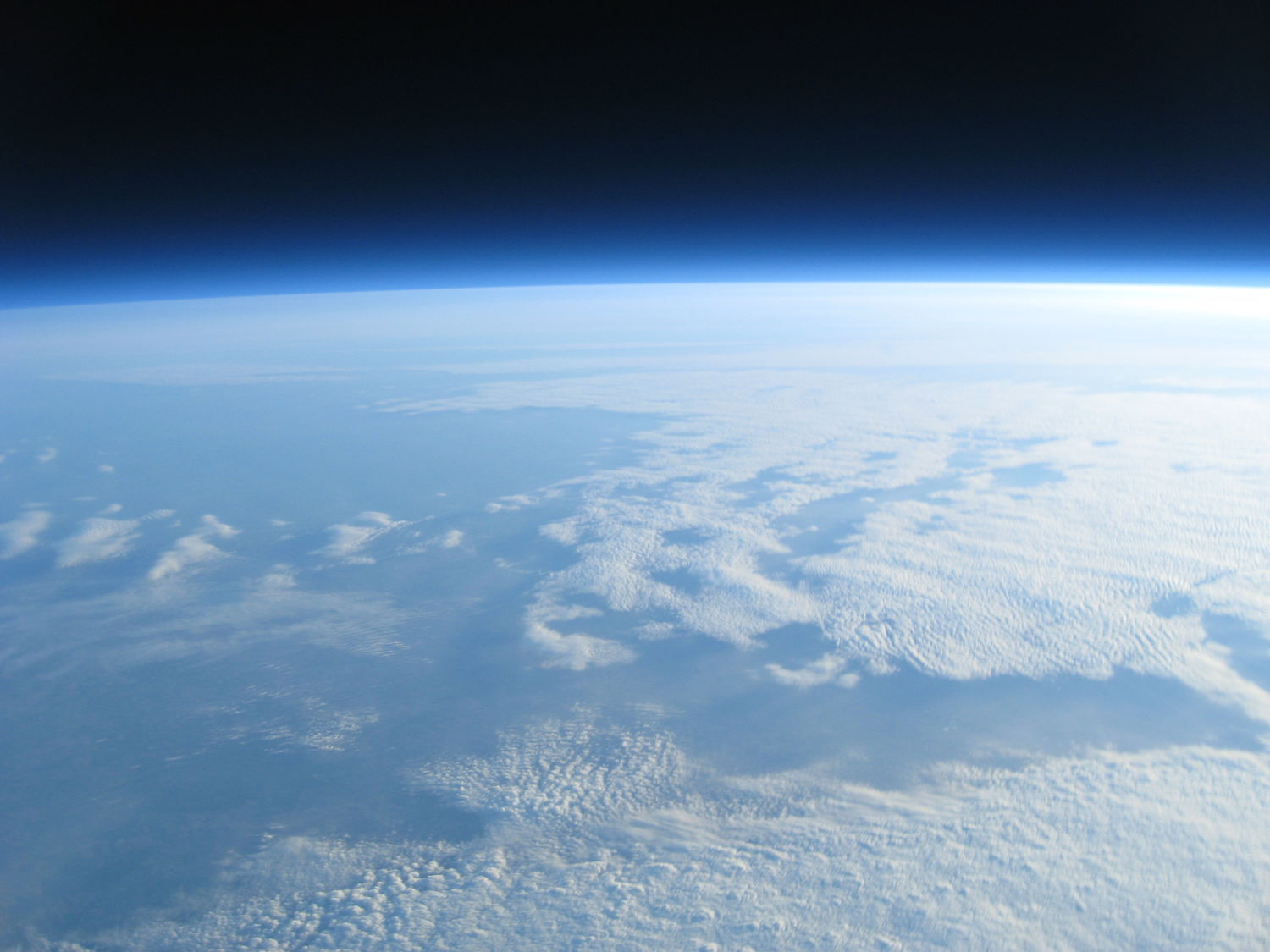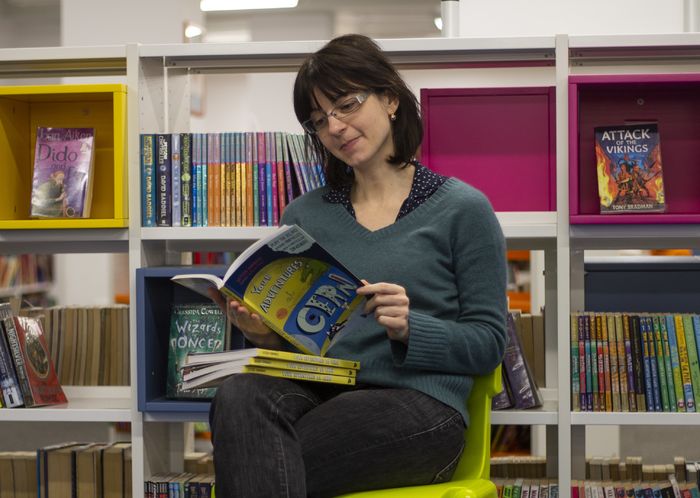Launching rockets into space isn’t necessarily what you’d expect to do on a Sunday afternoon. That kind of stuff is reserved for the Elon Musk’s of the world, right? Well, there’s a society at the University that allows you to gain experience in building and launching rockets. The goal: launch to an altitude of 150 km – well beyond the Kármán line, where outer space begins. We gave the current co-presidents of CU Spaceflight, Abhi Pandit and Barty Wardell, a chance to prove us wrong about our assumptions.
“CU Spaceflight was founded with one main goal: launch a rocket into space”
CU Spaceflight was founded with one main goal: launch a rocket into space. The society accommodates at least 30 students. It achieved a record intake at the Freshers’ Fair with nearly 400 students signing up, resulting in a turnout of 120 to their introductory lecture.
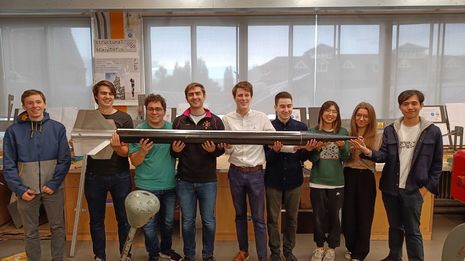
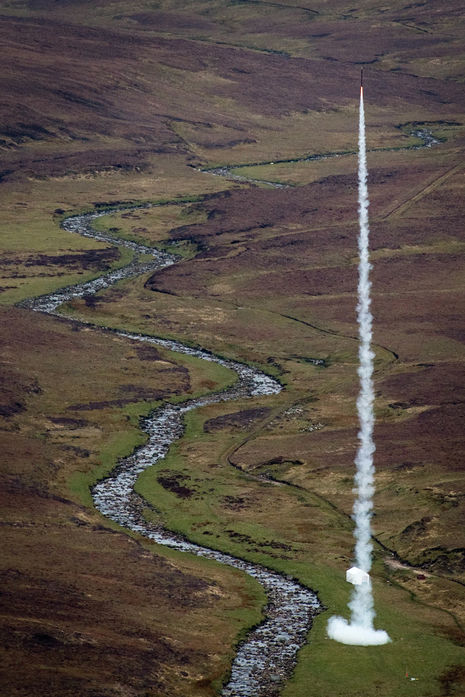
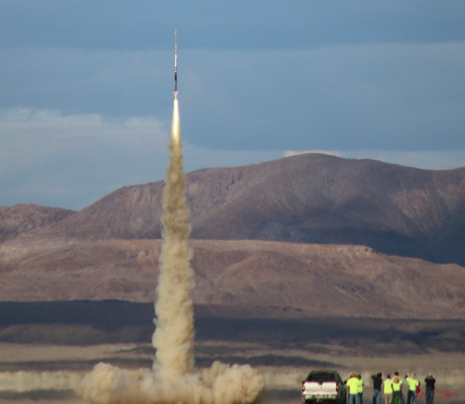
Since its conception in 2006, the society has been responsible for four major projects, each with varying degrees of success. In 2017, CUSF launched Martlet III in Nevada. Unfortunately, the rocket motor - the only off-the-shelf component - exploded, leaving behind only the rocket dart. But, as Barty informs us, failing is ‘natural and normal and part of the process’. The society fought back, and in 2019 designed the Pulsar engine, the largest Nitrous Oxide hybrid ever fired in the UK.
The society is generously supported by the Department of Engineering ‘without too many strings attached’ and has a roster of sponsors and donors supporting their work. While the society had originally aimed to launch rockets to space using a budget of only £1000, getting space-rated components can be expensive. Barty remarked that ‘you could sell a kidney’ for some high-sought-after equipment, like rocket valves. Nowadays, the society has a greater budget at its disposal, thanks to the external support. For many sponsors, supporting CU Spaceflight brings a great deal of publicity and represents a valuable training ground for young engineers to enter the space industry.
Now having scrapped Martlet IV, a rocket planned to reach 20 km, the budding engineers at CU Spaceflight decided to go back to their roots, and seek to achieve their original goal.
Enter Griffin I.
This single-stage rocket aspires to reach around 150km, crossing the edge of space in doing so. Barty tells us that the society is making ‘good progress’ with its development, and are provisionally testing its bipropellant engine White Dwarf, running on Nitrous Oxide and IPA. This is a scaled-down version of the engine White Giant, which they plan to design and manufacture to fuel Griffin I.
Though the team plans to launch Griffin I in 2024, ‘integrating the rocket engine into the overall rocket design is a bigger challenge.’ Both co-presidents explain to us how there is a back-and-forth design process, and that there are big possibilities of facing multiple setbacks. But even if Abhi and Barty feel as though they are doing ‘another degree’s worth of work’, they don’t feel they are representative of society’s hardest workers. ‘People put their whole lives into this’ they say.
Abhi and Barty tell us that the society runs almost entirely self-sufficiently within the student body, compared to other similar initiatives at universities like Imperial. ‘There is a great understanding’ that building a rocket is hard, said Barty, particularly when there are very visible failures from organisations like NASA and SpaceX. However, despite the numerous sponsors, Abhi urges us that the ‘pressure is more from our side in that we want to achieve as much as we can’.
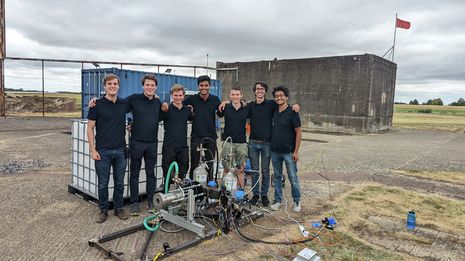
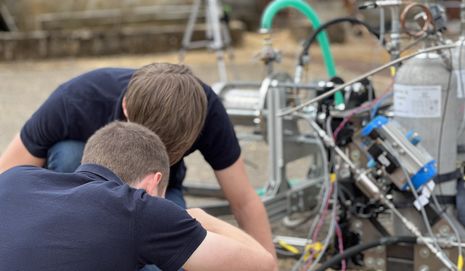
Alumni of CU SpaceFlight go on to achieve great things. Barty commented on two urban myths circulating within the society. After gaining experience from building rockets in CU Spaceflight, students are often dispersed throughout the space agency’. One rumour flying around is that 90% of the staff of a company that tests rocket engines consists of Spaceflight alumni. Another tale involves Lars Blackmore’s membership in the society, who subsequently went on to work at SpaceX, and the code from his PhD has enabled the propulsive landing control for FalconX.
Barty and Abhi gave a tour of the equipment and we even got to hold the Aquila rocket. Upon seeing firsthand the tireless dedication the students of CU Spaceflight demonstrate, it wouldn’t be presumptuous to say that as the society continues to hit those milestones, their energies will inevitably launch them to success, and hopefully become the first European student team to reach space.
Quick-Fire Round:
Musk, Branson or Bezos?
Abhi: They’d all get you cancelled
Barty: Can we choose a fourth? Branson by process of elimination
The engineering department canteen has some weird and wonderful food. What is your favourite thing to eat?
Barty: I can deal with the flapjack
Abhi: the fruit scone. Barty: why? Have you been to the GP? What possessed you? Abhi: I had never tried a scone before!
If Elon Musk was a biscuit, what biscuit would he be?
Abhi: Can you imagine a cracker with marmite on it?
Worst engineering stereotype?
Abhi: The worst engineering stereotype is that people don’t know how to socialise…but I also think it is the most true
Barty: the depths of some engineers’ anti-socialness is shocking

